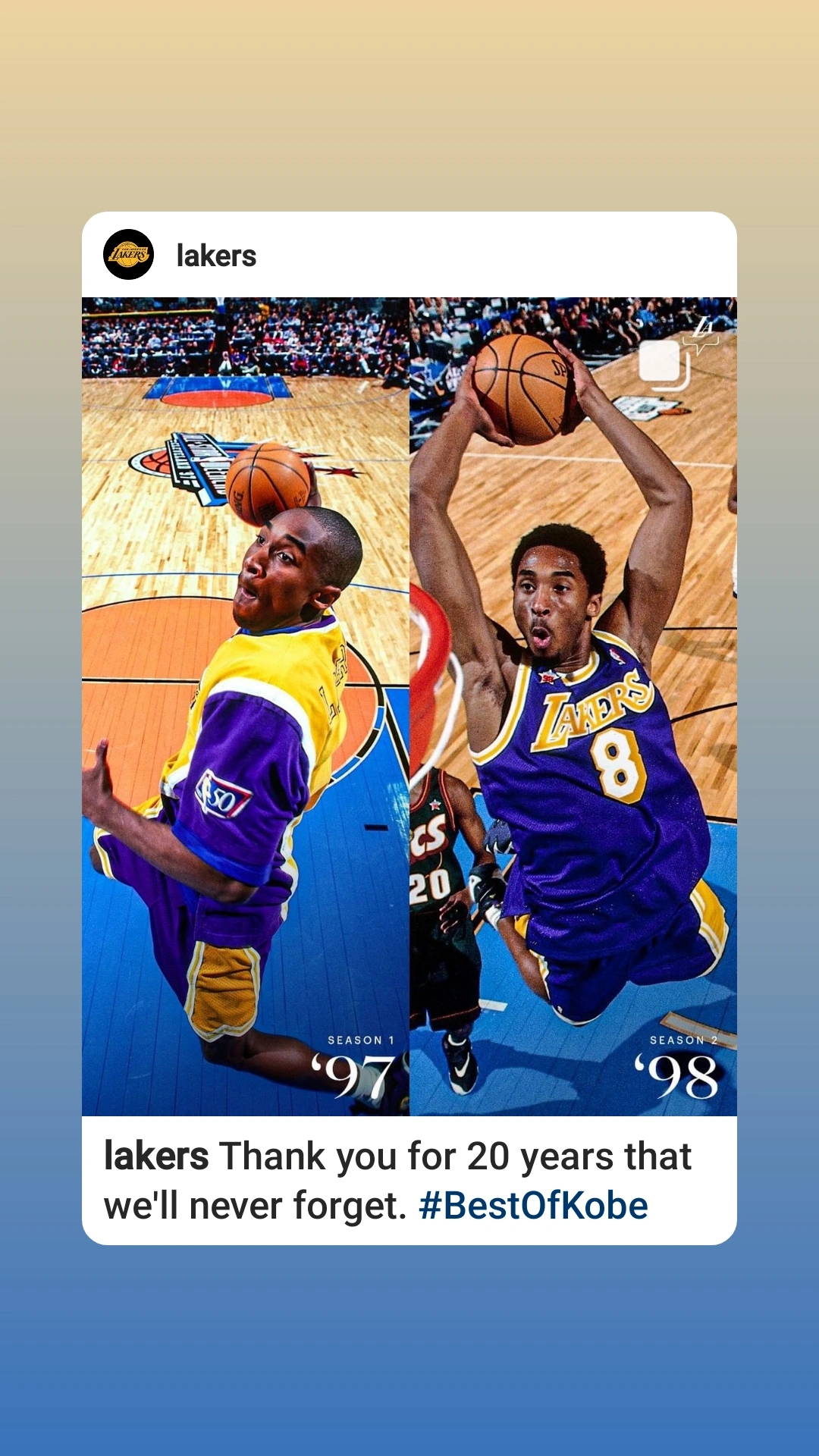
nicfrazier
暂无个人介绍
IP属地:未知
24关注
4粉丝
0主题
0勋章
oof
3 Stocks That Could Be Worth More Than Apple by 2035
oof
Missed Out on Tesla? Here's What to Buy Now
oof
Wall Street ends down, investors eye inflation and Omicron
oof
Better Buy: Square vs. Afterpay
oof
@期权小班长:特斯拉不敢上车?sell put也有40%收益!
oof
@TigerTalks:How can global investors take advantage of market movement via Daily Leverage Certificate (“DLC”)?
[财迷]
@老鲁随笔:美股期权攻略:盈亏比交易,实战7倍收益!
oof
Why Elon Musk is One of the Most Influential People in Finance Markets
oof
After-Hours Stock Movers: Marin, FedEx, Adobe and more
mannn
7 ways men live without working in America
damn
Stock-market traders brace for 'quadruple witching'
oof
抱歉,原内容已删除
damnn
抱歉,原内容已删除
oof
抱歉,原内容已删除
damn
抱歉,原内容已删除
thx for sharing, this meant alot as I wanted to go all in for apple
Apple: 5 Reasons For Stock Price Inflation
damn
Tesla's Musk signals concerns over Nvidia deal for UK chip maker -The Telegraph
damn
This Unloved Tech Stock Could Make You Rich One Day
oof this is...
This Unloved Tech Stock Could Make You Rich One Day
nice
This Unloved Tech Stock Could Make You Rich One Day
去老虎APP查看更多动态